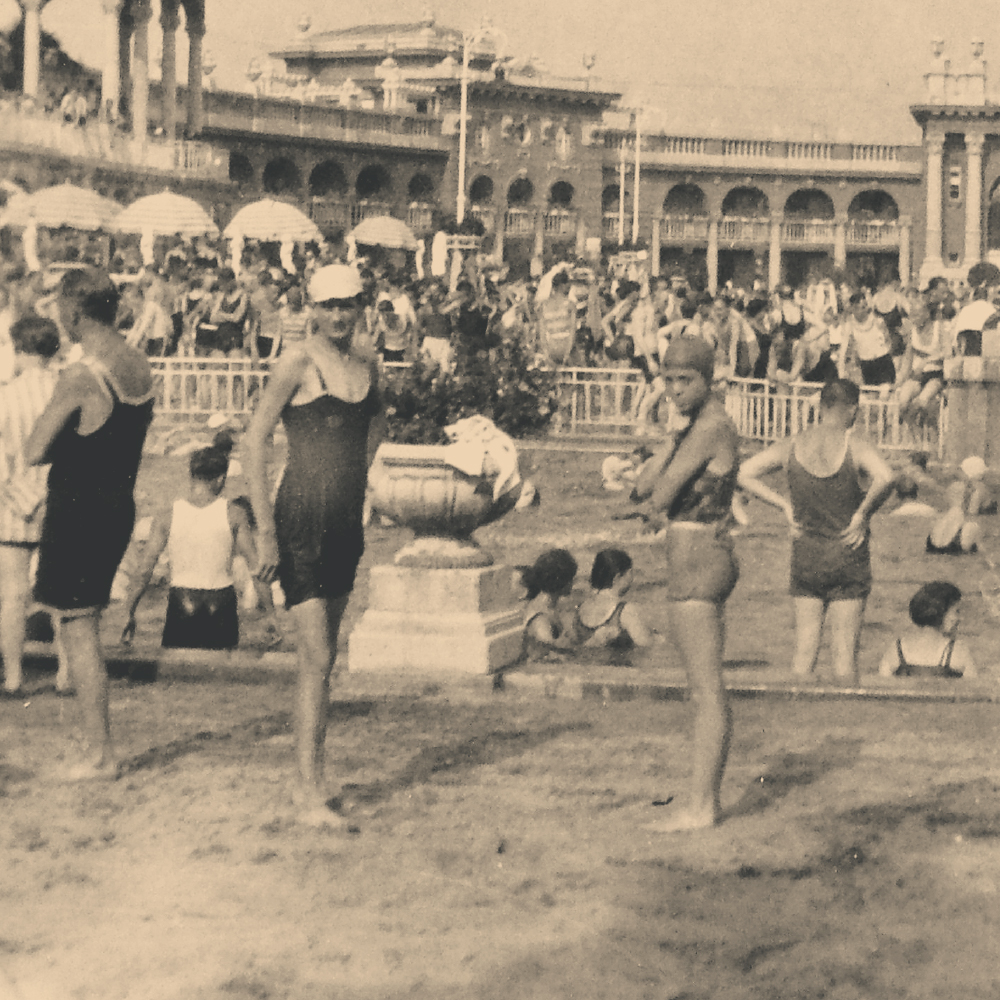
POP-UP
The construction of Europe’s biggest bath complex (nicknamed “Szecska” by the locals) began on 7 May 1909 based on the designs of Győző Czigler. However, its story began much earlier. In 1868 the public assembly of the city approved Vilmos Zsigmond to drill artesian wells in the Park.
The nearly 10-year construction was ultimately successful: In January 1878, hot (76 °C) thermal water burst from 1,246 metres deep. Europe’s hottest thermal spring become so popular over the years that the Artesian bath had to be expanded and improved. Work on the gigantic 6,000m2 bath complex began on 7 May 1909 based on the designs of Győző Czigler. The neo-renaissance building of the Széchenyi Bath has welcomed visitors since its opening in 1913.
Its thermal water is recommended for people with joint or spinal problems. Besides its sodium concentration, it also contains calcium-magnesium-bicarbonate with great amounts of fluoride and metaboric acid. These have a positive effect on several health conditions. But this does not mean that the bath is only used by the sick. Bathing is a lifestyle. Calmness, socialization and a bit of relaxation. (As represented even in the winter by the chess-playing bathers.)











